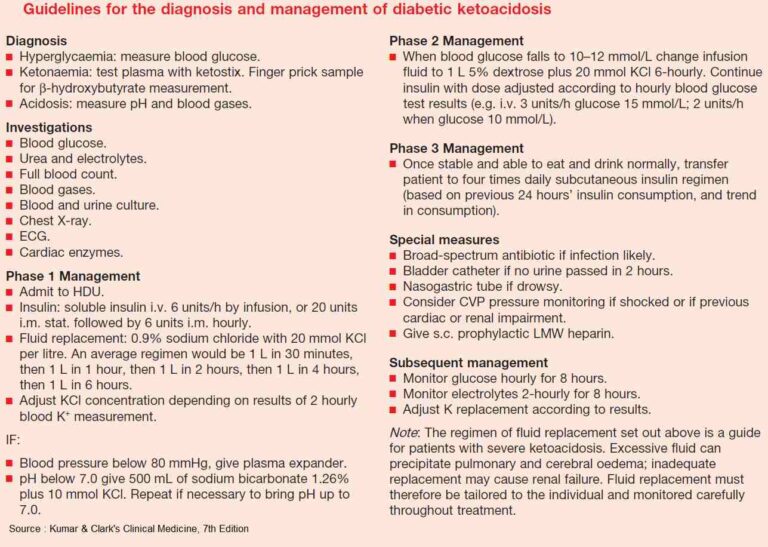Pitfalls in the Management of Diabetic Ketoacidosis (DKA)
Diabetic ketoacidosis (DKA) is a critical metabolic derangement that is commonly precipitated by acute illness (i.e., infection, myocardial infarction, stroke) or medication noncompliance. Diabetic Ketoacidosis (DKA) - Summary (Diagnosis and…










